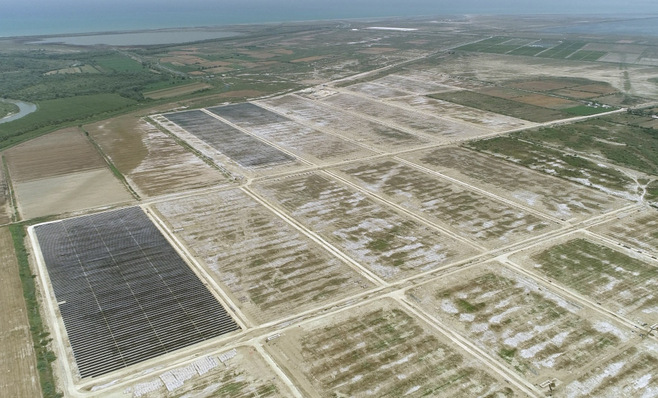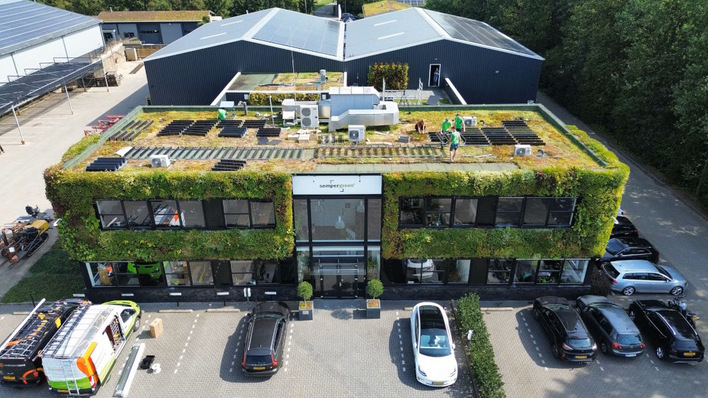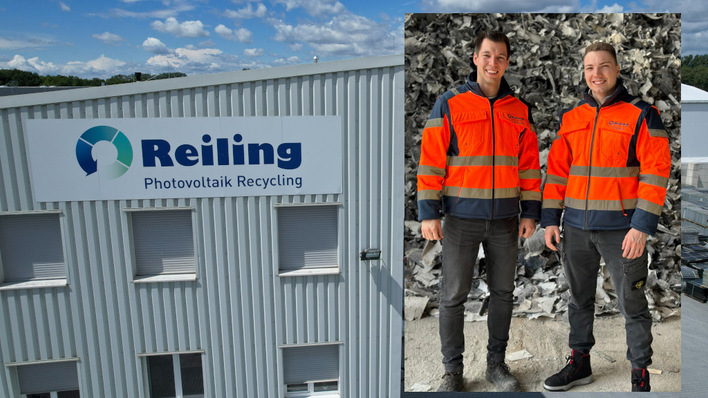Aiko has so far been largely unknown as a module manufacturer. Why is that?
Bernhard Weber: Aiko was founded in 2009 and until recently was primarily known as a manufacturer of solar cells. We have produced perc cells, but not yet modules. We have worked on many small adjustments to improve the performance and appearance of the cells. In 2020, we founded a research centre in Freiburg im Breisgau to develop new technologies.
Stay up to date, sign up for our newsletter!
Perc's time is running out. Which technologies are particularly promising for crystalline solar cells?
At Aiko, we developed the ABC cell in 2021. ABC stands for All Back Contact. This cell achieves an efficiency of 26.6 per cent. As the front side does not require any contact fingers, it is completely black. The optics are very attractive and we gain two to six per cent aperture area. In addition, degradation and the temperature coefficient are very low. This also has a favourable effect in low light conditions.
Longi also uses cells with rear contacting in the Himo X6. What is the difference?
We use N-type cells and employ different methods for doping and passivation. Aiko has more than 1,000 patents in cell technology. This represents a wealth of experience.
What effect does the contacting have on the rear side?
We have wider busbars and contact fingers to reduce losses due to the internal electrical resistance. The metallisation is silver-free. We are currently working on producing the module connections without silver as well.
See also: Daniel Hannemann of Tesvolt: "We have grown by around 30 per cent"
What efficiency do you achieve in your solar modules?
Over 24 per cent. We offer the 72-cell Comet module for commercial customers and modules from the Neostar series with 54 cells for private users. The cells are connected as half cells. We offer them as glass-foil modules or glass-glass. From 2024, we also want to offer the module with 144 half-cells as a bifacial module.
What output do the modules with ABC cells achieve?
In Germany, we sell the black version for private customers as a glass-foil module with up to 450 watts. With glass-glass it is still 445 watts. At 1.72 by 1.13 metres, this module is still less than two square metres. Soon we will reach 500 watts. The larger commercial module offers between 600 and 620 watts. We give a product guarantee of 15 years on glass-foil modules and up to 25 years on glass-glass modules. The performance guarantee applies to both module types for 30 years.
Do you produce the modules yourself?
We opened our own module factory in 2023. The modules were presented in Shanghai in May 2023. We were at Intersolar in Munich for the first time in June. Our cell factories will produce up to 25 gigawatts from 2024. We can expand our module lines to the same size.
Also interesting: Intilion: "Companies are increasingly focussing on their energy efficiency"
How will your journey continue?
We recently presented the prototype of a lightweight module. A durable plastic is used instead of the front glass. This module has standard films on the back. It is offered framed and is particularly suitable for lightweight industrial roofs. We have also recently launched a bifacial module called Stellar for open space applications. It has a narrower metallisation and offers up to 70 per cent bifaciality. This project module has an output of up to 640 watts. We are already accepting orders for it. (HS/mfo)








